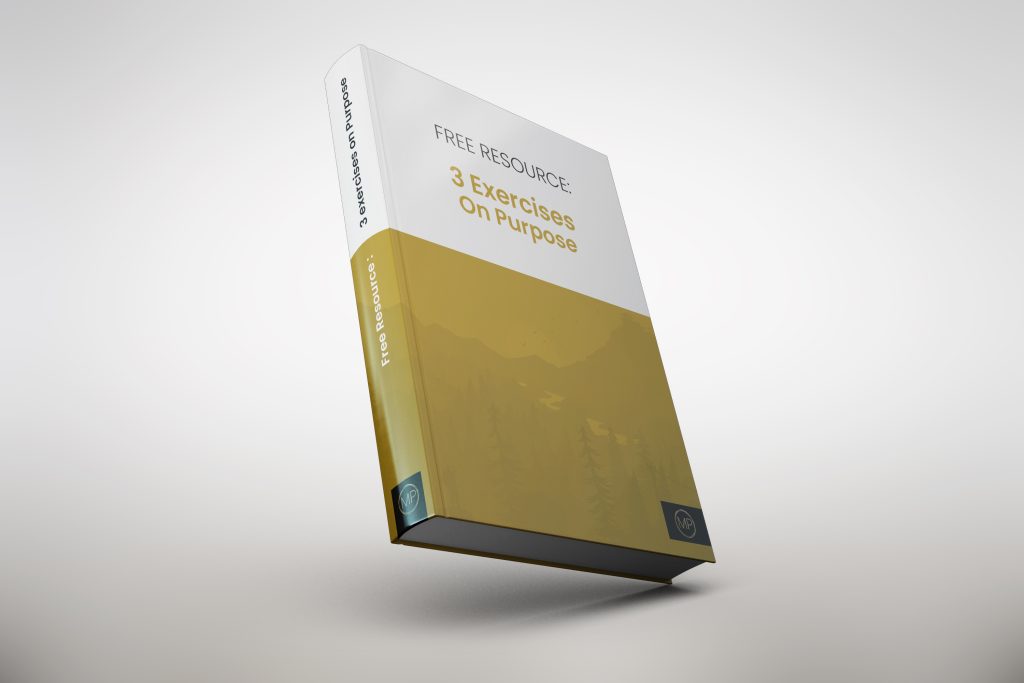What is motivation? Where do we go when we feel like, ‘I have no motivation?’ Perhaps there has been a recent trauma in your life? A job loss? A break-up? A family passing? I have had my fair share of highs and lows; business deals falling through, well intended but false promises and much more. In this article you will learn much more about the motivation behind your actions, how to find your motivation again and also how to motivate someone who has no motivation.
“Life takes on meaning when you become motivated, set goals and charge after them in an unstoppable manner”
Les Brown
What is motivation?
“Motivation is an internal process. Whether we define it as a drive or a need, motivation is a condition inside us that desires a change, either in the self or the environment. When we tap into this well of energy, motivation endows the person with the drive and direction needed to engage with the environment in an adaptive, open-ended, and problem-solving sort of way (Reeve, 2015) “
What motivates you?
For me, I am motivated by seeing other people happy and community growth. I am motivated by creativity and innovation. I am motivated by self-growth and curiosity for learning. Take some time to brainstorm what motivates you on a piece of paper. If there were no social obstacles, no financial obstacles and you had freedom – what would you like to do, and why? Have fun with this with no limitations. From here go deeper and unpick the motivations behind your ideas.

Intrinsic & extrinsic motivation – what is the difference?
There are two key types of motivation; intrinsic motivation and extrinsic motivation.
Intrinsic motivation is driven by internal core values and the enjoyment of the process of engagement. We enjoy the activity for the sake of the activity.
Extrinsic motivation is driven by external factors and by the desire to achieve something external. For example you may feel peer pressured to go down a certain career path because of your social network but not because you want to do it. You may want to climb a mountain because you will feel a sense of pride once this journey is completed. You may wish to buy a sports car because you believe when you have this car you will be happy. Unfortunately, this can easily lead to no motivation further down the line.
“Research from ADP revealed that for 62% of UK employees payment is the primary reason they go to work. This compares to an average of 49% across other European countries.”
Moving deeper into extrinsic and intrinsic motivation; we can look at the self-concordance model for goals. There are three types of extrinsic motivational types and one intrinsic motivational type:
Extrinsic;
- External Motivation – This type of motivation is pressured by an outside source. For example your boss saying you have to arrive at work at 9am.
- Introjected Motivation – This type of motivation is related to external outcomes but linked more deeply to our self. For example you may feel guilt and you are motivated by that guilt to make a change.
- Identified Motivation – This is a much healthier form of extrinsic motivation. This type of motivation relates to achieving something that is strongly linked to your deeper values. For example if you get a job promotion you can take your family on holiday. The key motivation here is not the enjoyment of the job, but within the achievement of a promotion allows you to do more for your children which is linked to your core values.
Intrinsic:
- Intrinsic Motivation – You enjoy the process of the activity. For example you play music because you love music and you get into a state of flow.
It’s easy to lose motivation
We can lose motivation very fast. We can be inspired one day and then wake up the next day not feeling the energy and zest for life, with absolutely no motivation. This is very normal, and the good thing is there is a way to understand this process further and actions we can take to be motivated more often and regain motivation when we fall.
According to Sander van der Linden of Princeton University;
“When people decide to act pro-environmentally because they believe it is the right thing to do, because they are intrinsically motivated (and physically and psychologically rewarded for doing so) — change is much more likely to be sustained over time.”
We can suddenly find ourselves with no motivation for many different reasons;
- Type of motivation: Intrinsic motivation is more sustainable than extrinsic motivation. If we enjoy the process of what we do then we are far more likely to continue this. If our goal was to be a business owner because we wanted money as opposed to turning a passion into a business then the first person based on financial gain alone would be far less likely to carry on.
- Trauma: A trauma or loss can cause us to fall into a depressive state. For example if we go through a break up, lose our job, or we experience the death of a loved one, then we can feel a lot of emotional turmoil which can in turn cause us to lose motivation for life which will then supersede our motivation for other activities.
- Learned helplessness: This is a process whereby we attempt something several times and the develop negative habits and negative pathways thinking in our mind. For example if you tried a sport three times and you struggled then you may create a habit in your mind that ‘you are not good enough.’ If you got rejected by three job applications you may feel that you aren’t good enough for that role. In reality this is far from the truth; you may need to tweak your preparation and develop a growth mindset. You may need to change your outlook whereby you accept that you are new to this sport and top athletes fail and fall down hundreds of times before they truly master their craft.

What to do if you have no motivation
How to motivate yourself? How to motivate someone? Here are our techniques to stay motivated when you have no motivation.
- Connect to your values: We have so far learned more in depth about extrinsic motivation. We know that identified extrinsic motivation is healthy for us as we are aspiring towards something based on our deeply rooted values. Learn more about your values and create a meaningful life.
- Practice self-acceptance: The practice of self-acceptance will assist us in creating our goals based on intrinsic motivation. With such practice we begin to form a healthier relationship with the self and we do not base our actions and goals on social and media peer pressure. More can be found here on understanding self-image and identity.
- Build Your World: We often pursue happiness when instead we should create an environment purpose built for our well-being, our happiness and our success. Build more positive relationships and broader networks of connection; local charity and community projects, sports clubs and much more. Work on your financial health and money mind. Create a strong morning and bed time routine to create a calm mind that will act as a canvas for inspiration to be created. A stressed mind will struggle to conjure up inspiration and motivation.
- Micro goals: We can lose motivation when our goal is too stretched or far reaching. Having a big vision is a truly wonderful thing, but if we set our heights so high without the tangible micro goals and stepping stones towards our vision then our vision will remain a dream. Believe in yourself and dream big but ensure you have a tangible daily, weekly and monthly plan that results in small wins. If your goal is to write a book, then perhaps you have a daily task of creating one hour of space listening to music to inspire you and making random notes. The weekly task might be to spend two hours bringing together your notes together. The monthly task might be a two hour window further editing the combined weekly notes and creating a more tangible thread of your story. Our anxiety worksheets can help you take one step at a time.
- Celebrate the small wins: If your goal is to lose 10lbs of body fat in 6 months then you will need strong consistent micro goals. Celebrate each gym session with some healthy snacks and a film night. Celebrate a 5K run with a meal with friends (this can be a healthy meal). Place some money in a jar every time you come back from a health class and use that money to buy a new top that fits the new healthier version of yourself.
- Enjoy the process: The end goal is very important if it is based on your values, but it is important that we make the process of each step as enjoyable as possible. If your goal is to lose body fat then find a gym buddy and/or sign up to lots of outdoor activities. If your goal is to set up a cake business then enjoy the process of baking, put some music on and make the kitchen messy. If your goal is to get a promotion, then sign up to some varying classes that could build up your confidence, competency and up skill yourself with many transferable skills (dance class, yoga class, volunteer for a homeless shelter).
“It always seems impossible until it’s done”
Nelson Mandela
A conclusion of thoughts
We often chase rainbows and go after things that we feel and think will make us happy based on media projections and cultural dynamics. This does not mean that those things won’t bring you forms of health and happiness; albeit it is so important that we take a step back and learn to pause life. Practice self-acceptance and compassion, examine your values and what is meaningful in life to you. Explore intrinsic motivation and also forms of extrinsic motivation linked to your core values instead of focusing the majority of your energy on the things that others tell you will make you happy and leading to no motivation. This is your life; be kind, be compassionate, but follow your internal compass.
Wishing you health and well-being.
References
https://www.healthline.com/health/intrinsic-motivation
https://www.hrmagazine.co.uk/content/news/uk-workers-more-motivated-by-pay
What is Motivation? A Psychologist Explains. – PositivePsychology.com
Image references
Featured Image by Doris Morgan on Unsplash



One Comment
How To Be Successful With Online School in 2022 - Teen Financial Freedom
[…] with in most cases or maybe you acquire it along the way. Here’s something you can try to do to become more motivated. But, I do think that there is something you can do about […]